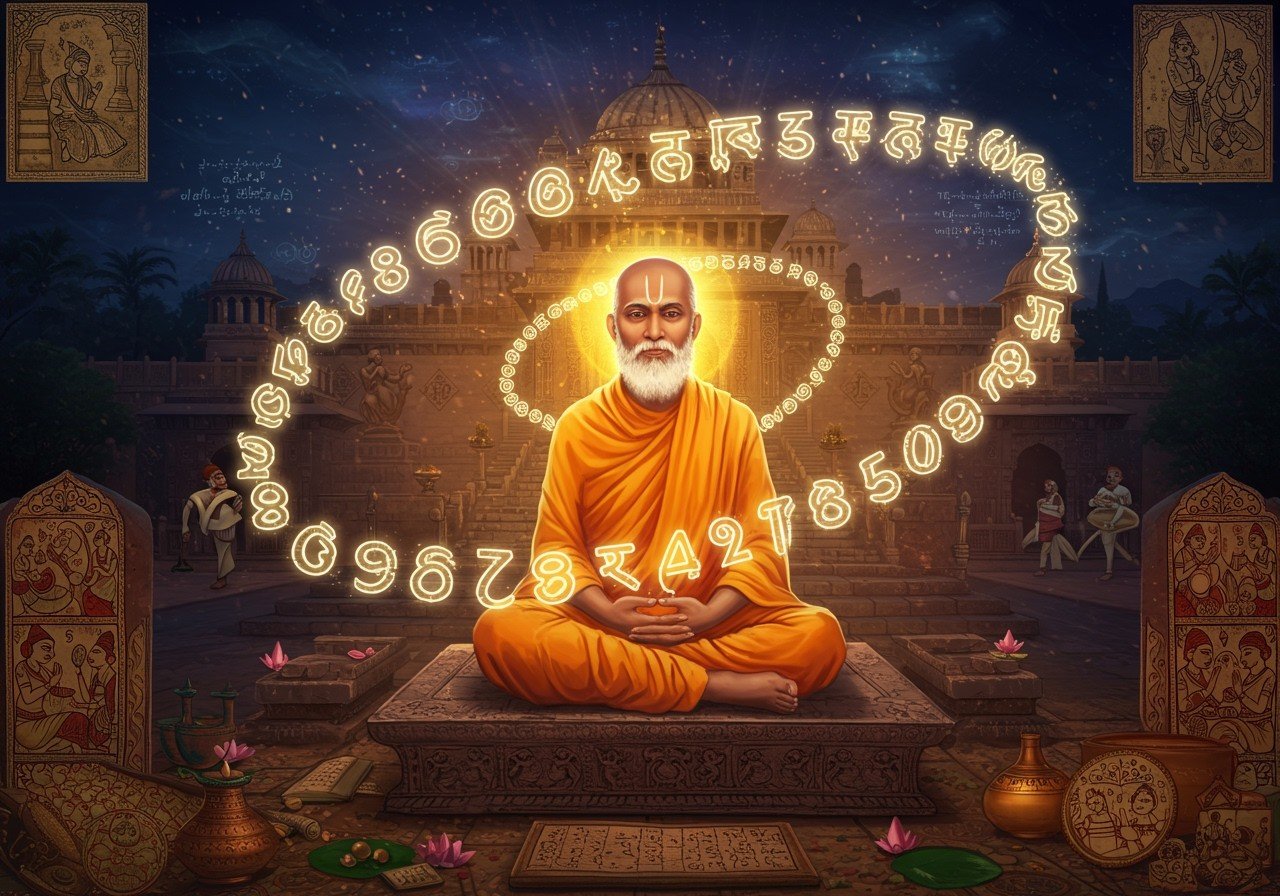Exploring the Hindu-Arabic Numeral System: A Journey Through Time and Significance

The Hindu-Arabic numeral system, a cornerstone of modern mathematics, has a rich history and profound impact on our world. This system, comprised of the digits 0-9, allows us to represent any number, regardless of size, with remarkable ease and efficiency. From basic calculations to complex algorithms, the Hindu-Arabic system underpins our daily lives and technological advancements. This article delves into the origins, functionality, and enduring legacy of this remarkable system.
Understanding the Basics
The Hindu-Arabic numeral system is a positional decimal system, meaning the value of each digit depends on its position within the number. This system utilizes ten digits (0-9) and the concept of place value, where each position represents a power of ten. The inclusion of zero as a placeholder revolutionized arithmetic operations, enabling efficient calculations and the representation of vast numbers.
- Positional Value: In the number 345, the 3 represents 300 (hundreds place), the 4 represents 40 (tens place), and the 5 represents 5 (units place). This positional notation makes it incredibly versatile and adaptable for various mathematical operations.
- Zero: The introduction of zero was a groundbreaking innovation. It not only serves as a placeholder but also allows for the representation of nothingness and facilitates complex calculations, including the use of negative numbers.
A Historical Perspective
Originating in ancient India around the 6th century, this numeral system was further developed by mathematicians like Aryabhata. The system then spread to the Arab world through trade and scholarly exchange, where it was refined by Persian mathematicians. During the Middle Ages, scholars like Al-Khwarizmi and Fibonacci introduced the system to Europe, where it eventually replaced Roman numerals. Despite initial resistance, the efficiency and simplicity of the Hindu-Arabic system led to its widespread adoption.
- Indian Origins: The system’s foundations were laid by Indian mathematicians, who developed the concept of zero and positional notation. This innovation significantly simplified mathematical operations compared to earlier systems.
- Arab World and Beyond: The system’s journey through the Arab world involved further refinements and translations of key texts, ultimately leading to its introduction to Europe and its global dissemination.
Cultural Significance and Modern Applications
The Hindu-Arabic numeral system is deeply intertwined with Indian culture, playing a significant role in traditional practices such as astrology, religious rituals, and financial calculations. In the modern era, its applications are ubiquitous, forming the basis of digital systems, computer coding, data science, and countless other technological advancements. For those seeking to enhance their understanding of Hindu rituals and numerology, Poojn.in offers a wide range of authentic puja items, including pure camphor (Kapoor) tablets, traditional items marked with auspicious numbers, and other products with specific numerical significance.
- Traditional Significance: In India, the system holds cultural weight, used in various traditional practices, reflecting a deep connection between mathematics and spirituality.
- Modern Applications: From everyday transactions to complex scientific computations and the intricacies of artificial intelligence, this system is fundamental to our modern world.
A Global Legacy
The Hindu-Arabic numeral system has become the global standard for numerical representation. Its widespread adoption has fostered international trade, facilitated scientific collaboration, and enabled seamless communication across cultures. The system’s universal nature has created a unified mathematical language, bridging geographical and cultural divides.
- Global Integration: The system’s integration into diverse languages and educational systems has made it a universal language of mathematics, fostering global understanding and collaboration.
- Unifying Force: This system has played a crucial role in connecting different parts of the world, enabling seamless communication and shared advancements across borders.
From its humble beginnings in ancient India to its ubiquitous presence in modern technology, the Hindu-Arabic numeral system stands as a testament to human ingenuity and the power of cultural exchange. Its enduring legacy continues to shape our world, enabling progress and understanding across cultures and disciplines. Explore Jogulamba Temple Significance in Hindu Mythology or learn about Yameshwar Temples in India: Significance and History. You can also find relevant products for your spiritual practices at Poojn.in.


